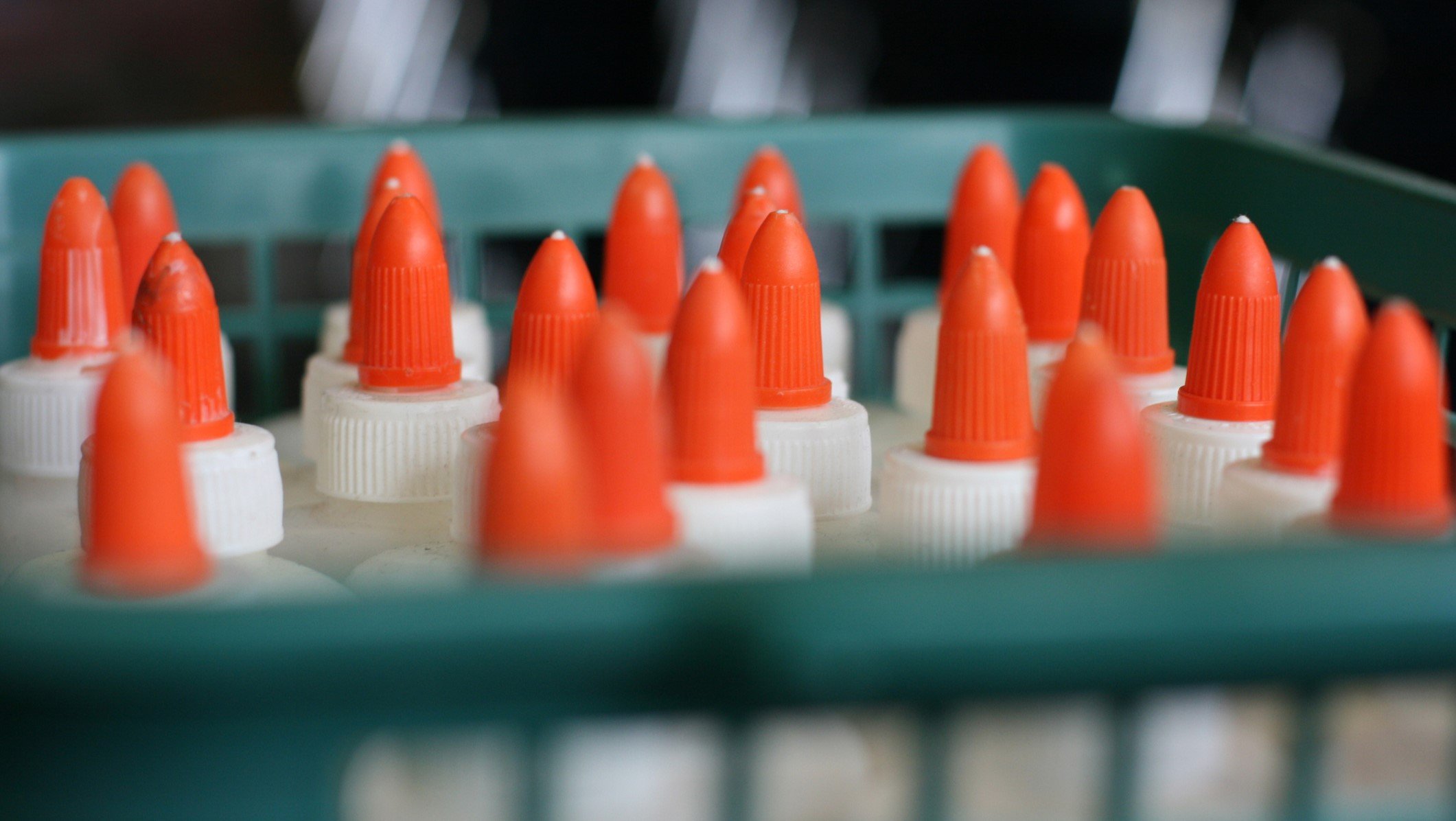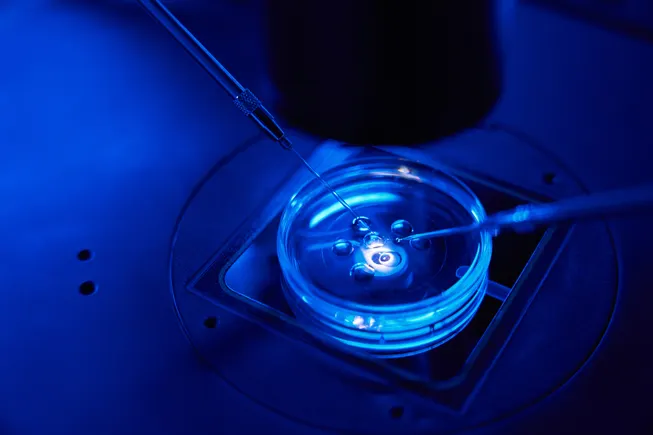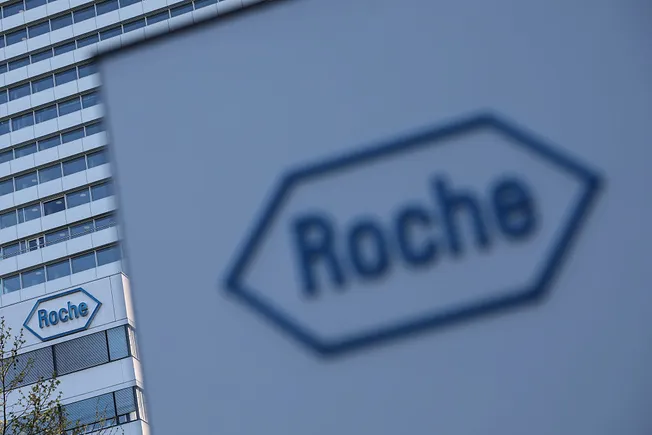Exercise Mimetic Exosomes Re‐establish the Extracellular Matrix Metabolic Balance and Alleviate the Inflammatory Macrophage Infiltration in Intervertebral Disc Degeneration
Advanced Healthcare Materials, EarlyView.

Exercise mimetic exosomes (EMEs), generated by mechanical stimulation of iPSC-derived myotubes, restore extracellular matrix homeostasis in degenerated intervertebral discs. EMEs suppress NFκB-driven inflammation in nucleus pulposus cells, rebalance matrix metabolism, and shift macrophages toward anti-inflammatory M2 polarization, offering a promising exercise-inspired therapy for disc degeneration and broader musculoskeletal disorders.
Abstract
Extracellular matrix (ECM) metabolic imbalance and macrophage infiltration, induced by degenerated nucleus pulposus cells (NPCs), represent key pathological alterations in intervertebral disc degeneration (IVDD). Physical exercise is shown to effectively delay the progression of IVDD by enhancing ECM synthesis and reducing inflammation. However, many individuals are unable to maintain regular exercise habits due to physical limitations and insufficient self-discipline. In response to this challenge, the concept of exercise mimetic exosomes (EMEs) is proposed as a therapeutic strategy for IVDD. In this approach, human induced pluripotent stem cell-derived myotubes are subjected to mechanical strain to simulate exercise conditions. The exosomes generated under these conditions, termed EMEs, are enriched with exercise-inducible components, notably irisin. These EMEs are capable of being internalized by both NPCs and macrophages. In NPCs, EMEs restored ECM metabolic balance and inhibited NFκB activation. In macrophages, EMEs modulated the M1 polarization induced by degenerated NPCs. Collectively, EMEs restored the metabolic equilibrium of the extracellular matrix and mitigated inflammatory macrophage infiltration within the microenvironment, thereby demonstrating significant therapeutic effects on IVDD. More importantly, EMEs may serve as a model for the treatment of other musculoskeletal disorders and the development of exercise mimetic therapies.
















































































































































